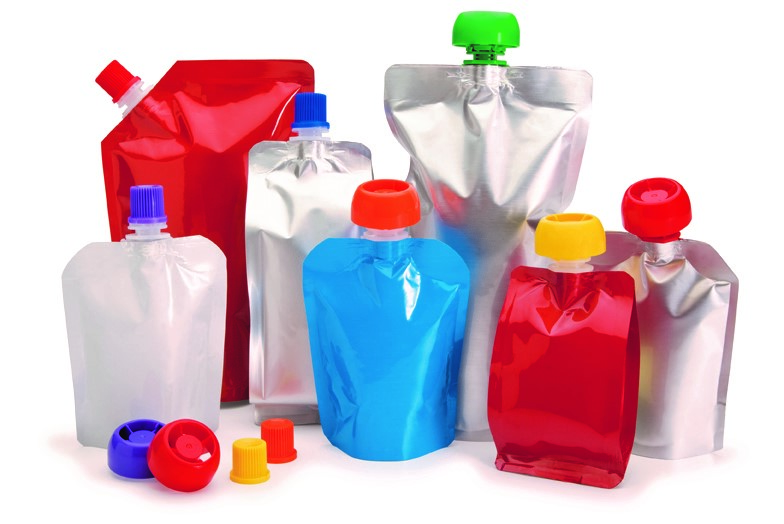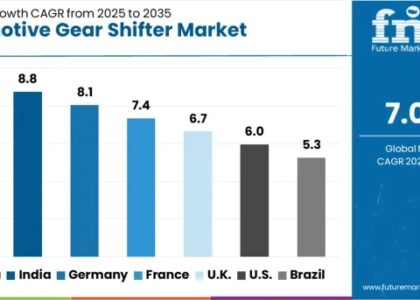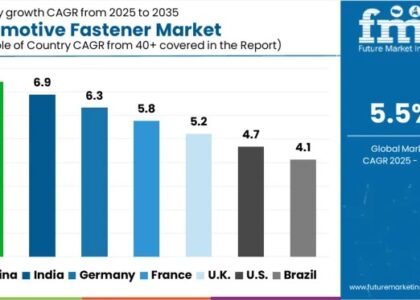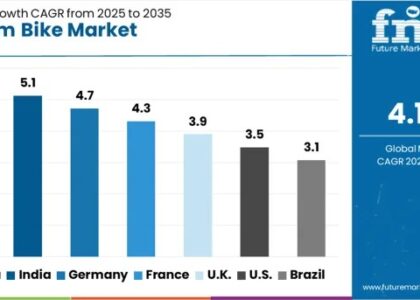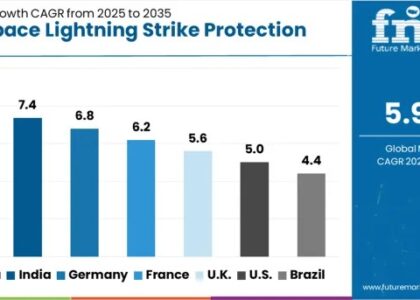The flexible plastic packaging market is experiencing robust growth due to its numerous advantages. Versatile, lightweight, and cost-effective, it caters to diverse industries like food, beverage, pharmaceuticals, and consumer goods. Its ability to extend shelf life, preserve freshness, and ensure product safety enhances its appeal.
As sustainability gains prominence, eco-friendly options like biodegradable and recyclable materials gain traction. Technological advancements in printing and barrier properties further boost market expansion. The rise of e-commerce also drives demand for flexible plastic packaging. However, environmental concerns regarding plastic waste remain a challenge, urging companies to adopt innovative recycling and waste management solutions to ensure a greener future.
Action Required: Download Now to Unleash the Power of the Flexible Plastic Packaging Market! https://www.futuremarketinsights.com/reports/sample/rep-gb-4174
The market for flexible plastic packaging is anticipated to reach US$ 36,978 million in 2023 and US$ 57967.38 million by 2033. Throughout the projection period, flexible plastic packaging sales are anticipated to increase significantly at a CAGR of 4.8%. Flexible plastic packaging demand is being fueled by a number of sources, including
versatile packaging During the COVID-19 pandemic, the global E-commerce industry was saved, and after the pandemic, the need for flexible packaging has risen. The business opportunities and growth in the printing and packaging sector have increased as a result of this change.
The flexible plastic packaging market with its material segment, product segment, and packaging segment will generate sales of over 33.6 million tons in 2021, according to the annual market analysis conducted by Future Market Insights.
Rising urbanization and busy lifestyle have fueled the demand for convenient and fast foods, thus leading to increase in demand for flexible packaging. These packaging solutions are preferred over hard packaging as they require less energy for production, consume limited resources, readily available and are convenient to store and use.
Consumers are shifting towards buying packaged and processed food items rather than using traditional approach to preparing meals thus boosting the demand for flexible plastic packaging.
The Natural Resources Defense Council reported that Americans waste more than 400 pounds of food per person every year. The wasted food results in generating pollution equivalent to 37 million cars per year.
Flexible plastic packaging is emerging as a key solution to avoid food wastage as it improves shelf-life of the product as well as creates high barrier reducing the contamination of food. This method reduces the storing and shipping expenses. These factors will positively influence the sales of flexible plastic packaging.
Increasing government funding towards developing bio-plastics and improving the recycling infrastructure for efficient processing along growing awareness among consumers regarding the use of sustainable packaging will boost the flexible plastic packaging market growth in upcoming years.
Flexible plastics packaging is replacing rigid packaging owing to its highest sustainability benefits and Superior quality to provide in-transit protection to products. Increasing focus by market players on converting old packaging into new packaging formats, or a host of other products will create opportunities for market growth over the forecast period.
Key Takeaways from FMI’s Flexible Plastic Packaging Market Study
- North America flexible plastic packaging market will grow at 3.0% CAGR during the assessment period owing to thriving e-commerce industry and increasing demand for convenient packaging solutions from restaurants and food services.
- Europe market will exhibit a growth rate of 2.6% CAGR from 2021 to 2031, driven by increasing research on developing flexible bio-plastics and elevated export and production of flexible plastic packaging in the region.
- Japan will hold more than 14% of the East Asia market in 2021, backed by increasing development in recycling infrastructure and limited usage of non-biodegradable plastics in the country.
- Polylactic acid (PLA) bioplastics are gaining traction owing to their superior durability, recyclability and lightweight nature. The segment is predicted to expand by 1.11x of its current valuation over the assessment period.
- General barrier packaging will account for more than 80% of the global market share by the end of 2031. Increasing demand for safe and sterile packaging options for packing vegetables and fruits will be the key growth driver.
“Rising usage of flexible plastic packaging in online retail and e-commerce industry and increasing consumer reliance on online delivery of essential products especially during pandemic will drive the flexible plastic packaging market growth over the forecast period,” says the FMI analyst.
Tailor-Made Solutions: Customize Your Report to Gain a Competitive Edge in the Flexible Plastic Packaging Market! https://www.futuremarketinsights.com/customization-available/rep-gb-4174
Competitive Landscape
Leading market players are focusing on new product development to expand their product portfolio and penetrate new markets. They are also working towards devising new methods for sustainable packaging to gain the competitive edge in flexible plastic packaging market.
For instance, in 2021, ThyssenKrupp’s plant engineering business won another order to construct a new bioplastics plant in South China. The plant will be based on patented PLAneo technology and is predicted to produce 30,000 tons of polylactide (PLA) annually.
In January 2021, Yum China which holds mahor stakes in leading fast food joints in China launched plastic reduction and sustainable packaging initiatives and aims to 30% reduction non-degradable plastic packaging weight in next five years.
Prominent players operating in the flexible plastic packaging market are:-
- Amcor Plc
- Sealed Air Corporation
- Berry Global Inc
- Winpak Ltd.
- Sonoco Products Company
More Insights On The Global Flexible Plastic Packaging Market
In its latest report, FMI offers an unbiased analysis of the global flexible plastic packaging market, providing historical data for the period of 2018-2028 and forecast statistics for the period of 2021-2031. In order to understand the global market potential, its growth, and scope, the market is segmented on the basis of material type (oil base polymers and bio-plastics), product type (pouches, bags & sacks, tubes, sleeve labels, and films & wraps), packaging type (VSP (vacuum skin packaging), MAP (modified atmospheric packaging), and general barrier), end use (food, beverages, personal care, homecare, pharmaceuticals, industrial packaging, and others), across seven major regions (North America, Latin America, Europe, East Asia, South Asia, Oceania, and Middle East and Africa).
About Future Market Insights, Inc.
Future Market Insights, Inc. (ESOMAR certified, Stevie Award – recipient market research organization and a member of Greater New York Chamber of Commerce) provides in-depth insights into governing factors elevating the demand in the market. It discloses opportunities that will favor the market growth in various segments on the basis of Source, Application, Sales Channel and End Use over the next 10 years.
Contact:
Future Market Insights, Inc.
Christiana Corporate, 200 Continental Drive,
Suite 401, Newark, Delaware – 19713, USA
T: +1-845-579-5705
For Sales Enquiries: sales@futuremarketinsights.com
Browse latest Market Reports: https://www.futuremarketinsights.com/reports


